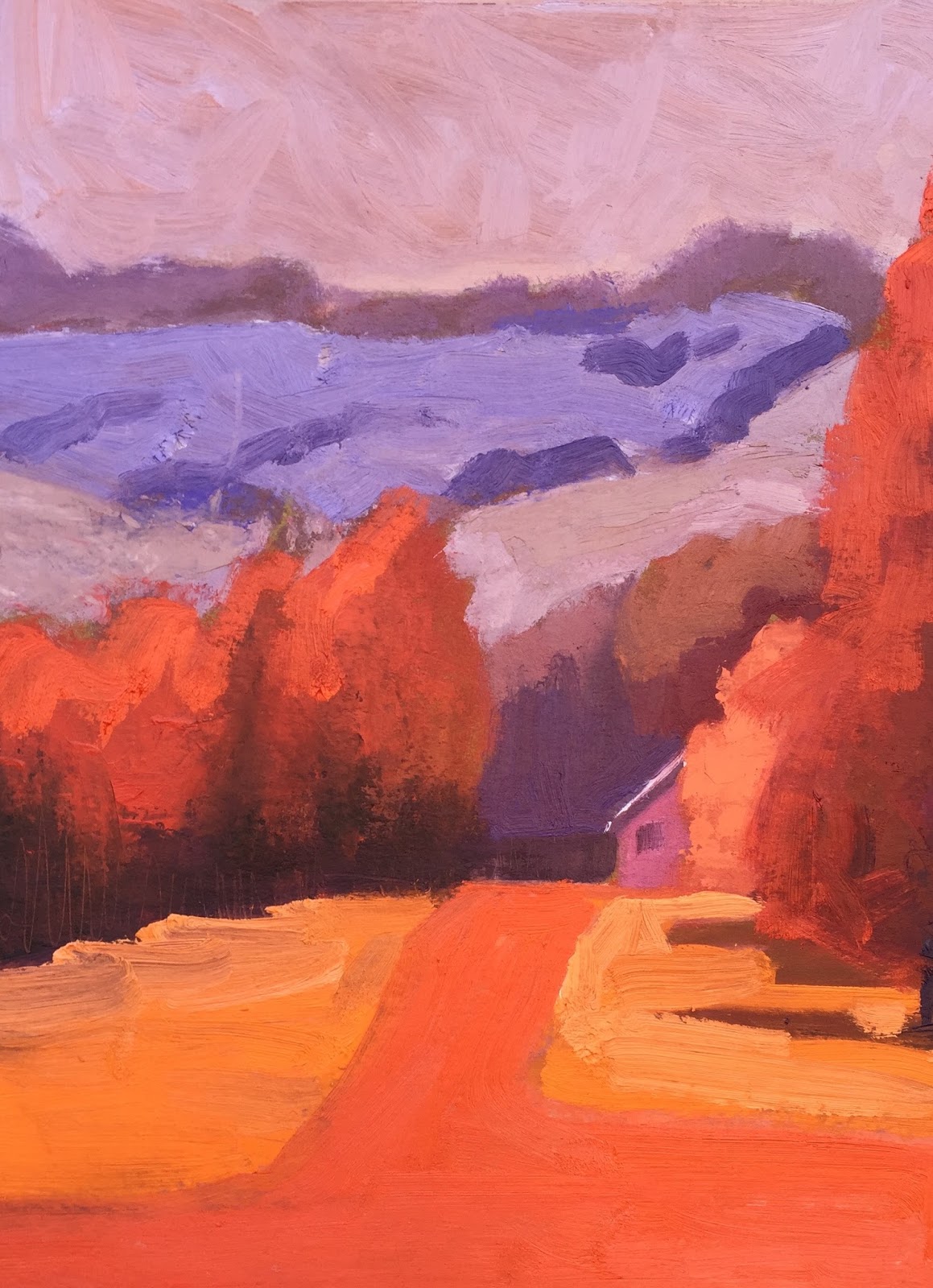
This color sets the tone for the room, so choose a color that you love and that fits the mood you want to create. It could be the color of your walls, a large piece of furniture, or even a rug. This will be the color that takes up the most space in your room. Here are a few tips to guide you on this colorful journey.įirstly, decide on your dominant color. Implementing an analogous color scheme in your space is an art that requires a keen eye for color and balance. The possibilities are as vast as the color wheel itself, offering endless opportunities for creativity and personal expression. These are just a few examples of how analogous color schemes can be used in interior design. In a bedroom, this could mean blue walls, blue-violet bedding, and violet accents in rugs or curtains. This scheme might bring to mind a twilight sky, with the last light of day giving way to the mystery of the night. Picture a combination of blue, blue-violet, and violet. Now, let’s consider a cooler analogous color scheme. In a living room, this scheme could translate to green walls, yellow-green upholstery, and pops of yellow in the form of throw pillows or wall art. This combination could remind you of a sunny spring day, with bright sunlight filtering through the fresh green leaves of trees. Imagine a scheme that uses shades of green, yellow-green, and yellow. Let’s consider a few examples to illustrate this concept. It’s a harmonious and pleasing to the eye arrangement, making it a go-to choice for designers and homeowners alike. This scheme is often found in nature, contributing to its inherent appeal and wide usage in design fields. They create a sense of order and tranquility, making our spaces feel more comfortable and inviting.Īn analogous color scheme, in its simplest form, is a palette that utilizes colors that are adjacent to each other on the color wheel. Our brains naturally seek out harmony and balance, and analogous colors provide just that. It’s this delicate balance that makes analogous colors so appealing in design.īut the science of analogous colors isn’t just about the color wheel. But they also offer enough contrast to keep things interesting. Because they’re neighbors on the color wheel, they share common color characteristics, creating a pleasing, cohesive look. The beauty of analogous colors lies in their harmony. They usually consist of one dominant color (a primary or secondary color), a supporting color (a secondary or tertiary color), and a third color that’s a blend of the first two or an accent color that adds a bit of spice. The color wheel is divided into primary colors (red, yellow, and blue), secondary colors (created by mixing two primary colors), and tertiary colors (formed by mixing a primary and a secondary color).Īnalogous colors are three colors that sit next to each other on this wheel. Let’s revisit our trusty color wheel, a circular representation of the colors in the visible light spectrum. You see, every color we perceive is a part of a vast spectrum of light, and understanding this spectrum is key to mastering analogous colors.

It’s a fascinating journey that takes us back to the basics of color theory. Finally, a knit throw and woven rug add textural variety to the narrow color scheme.The science behind analogous colors.

You could also use small accessories (like this Better Homes & Gardens 4-wick Ceramic Candle, $15, Walmart) for a pop of a brighter tone. Brighter pink fabrics in the throw pillows keep the scheme from being dull. A livable powder pink canvases the painted walls, which are the largest portion of the room. The bedroom color scheme sticks to the pink wedge in the color wheel, but includes various tints that range from blush to rosy. This room, for example, shows a monochromatic palette that succeeds, thanks to a variety of shades and textures. A room filled with just one color can feel boring or overwhelming, depending on how you handle it. Although the monochromatic look is the easiest color scheme to understand, it's perhaps the trickiest to pull off. These tone-on-tone combinations use several shades (adding black) and tints (adding white) of a single hue for a subtle palette.


 0 kommentar(er)
0 kommentar(er)
